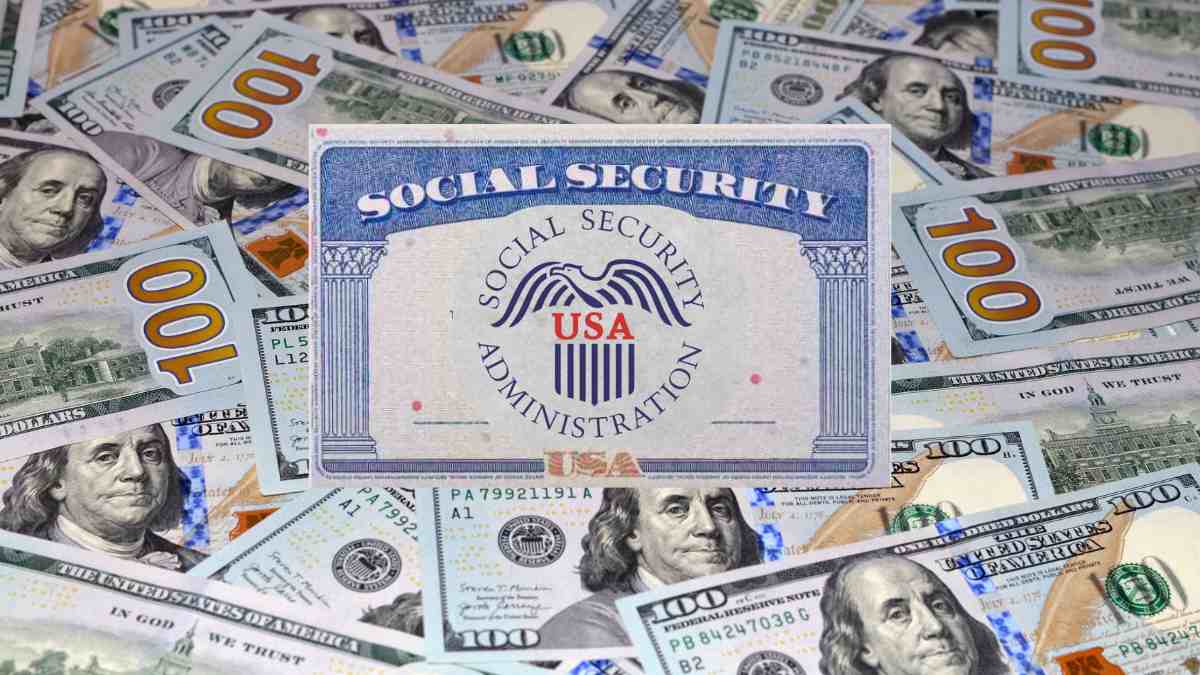SSI is the Supplemental Security Income. A Federal payment for low-income Americans. All eligible beneficiaries will benefit from the 2025 COLA increase in their monthly direct deposits or checks soon. The Social Security Administration has confirmed that this Federal program will receive 2.5% extra thanks to the cost-of-living adjustment.
The new increase will come into effect before 2024 comes to an end. In fact, the reason why SSI recipients will be the only recipients getting the 2025 COLA increase in 2024 is simple. The Supplemental Security Income payment needs to be sent on the previous business day because January 1 is a Federal holiday. Hence, direct deposits and checks will be issued on December 31, 2024.
SSI payment dates after the 2025 COLA increase
If you are a new recipient of the Supplemental Security Income program, you will generally receive your direct deposit or check on the first day of the month. However, there are some exceptions like the one on January 1.
Full payment schedule list for SSI in 2025 after COLA:
- January: payment due on December 31, 2024
- February: payment due on January 31, 2025
- March: payment due on February 28, 2025
- April: payment due on April 1, 2025
- May: payment due on May 1, 2025
- June: payment due on May 30, 2025
- July: payment due on July 1, 2025
- August: payment due on August 1, 2025
- September: payment due on August 29, 2025
- October: payment due on October 1, 2025
- November: payment due on October 31, 2025
- December: payment due on December 1, 2025
Source: SSA
What will be the maximum SSI payment amounts after the 2025 COLA increase?
SSI benefits will be up to $484 for an essential person after the COLA increase for 2025. If you are an individual, you may be entitled to a payment of up to $967, up from $943.
Eligible married couples will receive the largest benefit payments, but obviously, they will have to share the payment. After the 2025 COLA increase, it will become $1,450, up from $1,415.
If you do not qualify for the maximum amounts because you get reductions, you need to add 2.5 dollars extra to each 100 dollars you receive. For instance, if you receive $500, add 5 times 2.5. So it will become $512.50
Requirements to get SSI in 2025
Millions of Americans in financial difficulties receive Supplemental Security Income payments. Having a low income and little or no resources is essential to receive these monthly payments in the United States.
SSI is also for 3 groups of Americans who meet one of the following conditions. Therefore, it is limited to a specific population and it is not just about having little or no money at all.
Americans with a low income and no resources who can apply for Supplemental Security Income:
- seniors who are at least 65 years old
- citizens with a disability
- citizens who are blind
What is more, you must be a United States citizen or a United States national. Some non-citizens who meet special requirements may qualify. For example, you are in one of the certain alien classifications that the Department of Homeland Security (DHS) has granted.
Conditions continue and you are supposed to be a resident in one of the 50 States. Supplemental Security Income rules also allow you to apply if you live in the Northern Mariana Islands or the District of Columbia.
Citizens who are absent for a full calendar month or even for 30 consecutive days at least from the Northern Mariana Islands, the District of Columbia or any of the 50 States cannot qualify.
Being confined in jail, prison or any other institution will prevent SSI applicants or recipients from getting these monthly payments. It is compatible with other benefits as long as you meet the income and resource limits. For example, retirement or SSDI benefits.
Filing for SSI, meeting certain other conditions and giving SSA permission to request financial records are mandatory too.




